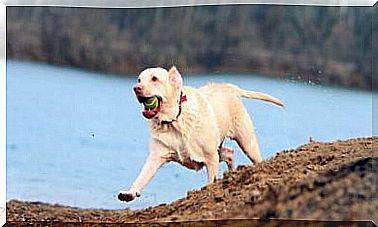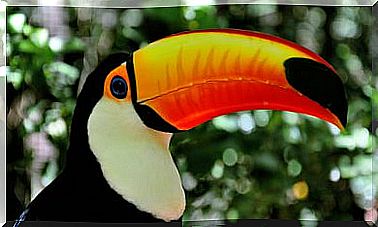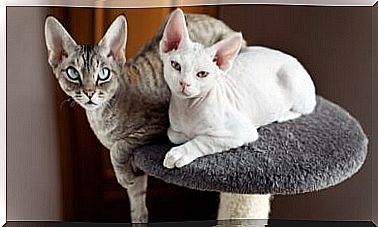Meet The Kiwi, A Bird That Does Not Fly

The fauna of Oceania has been described by many as strange. To contribute to this definition, today we introduce you to the kiwi, a bird that does not fly and has feathers that look like hair. In addition, it does not have a tail but with whiskers. And its beak is striking because of how long and thin it is, as well as the nostrils at its tip.
A bird that is a national symbol
Although its name reminds us of a fruit and does not fly, the kiwi is, we reiterate, a bird. And, in addition, it was declared a national symbol in New Zealand.
But although it is an endemic species of this country, and inhabits it for thousands of years, some studies show that, despite its small size, it is related to the extinct and gigantic elephant bird of Madagascar.
Perhaps the non-existence of mammals –except for bats– until the arrival of man, and the isolation of this region of the planet, made this animal have such particular characteristics. Thus, for millions of years without land predators, the kiwi adapted to life on the ground.
The kiwi is not a mammal, but …
Belonging to the Apterygidae family (which means ‘wingless’), the kiwi is a genus of paleognate birds that comprises five species that differ in size and plumage tones. Its height is between 25 and 45 centimeters. Its weight ranges between 1.3 and 3.3 kilograms. And the females are larger than the males.

In addition, like all the birds of the Ratites group – those that do not fly – it has a flat sternum. This means that it does not have a keel for the muscles that allow flight to adhere. And although it is believed that it lacks wings, it does have them, but they are very small. They measure about three centimeters and are very close to your body, so it is difficult to perceive them with the naked eye.
On the other hand, its legs are very strong and muscular, and constitute a third of its weight (the kiwi has bones with marrow, since, since it does not fly, it does not need a light skeleton). It has four padded fingers, so it can run fast, very fast, and is very quiet to move around.
In addition, the legs become powerful weapons when fighting or defending. And it is that, although some consider them shy and fragile, it is a very territorial and even aggressive bird.
More details about the kiwi, the bird that does not fly
Another of the peculiarities of the kiwi is its body temperature, which is lower than that of most of its winged relatives. Actually, it is closer to that of a mammal. It ranges between 37 and 38 degrees Celsius.
Perhaps due to its nocturnal habits, while most birds use their sight, the kiwi prioritizes smell and its sensitive whiskers, similar to those of cats – and present on the face and around the base of the beak – it is likely that facilitate your movements in the dark.
He also has a fairly developed sense of hearing and has well-visible ear openings. On the other hand, the ‘hairy’ appearance of their feathers is due to the fact that they lack barbules (filaments).
Likewise, the different patterns of its plumage allow it to camouflage itself in the territories it inhabits and to stay safe from aerial predators.
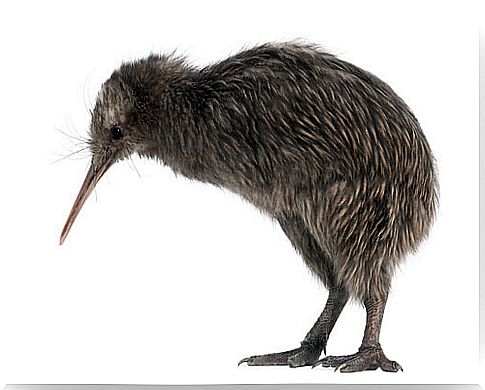
Monogamous birds that lay huge eggs
When it comes to reproducing and raising their chicks, this animal also has peculiarities. Most birds have one ovary, while the kiwi has a pair. The female usually lays only one huge egg, at most two, the size of which is equivalent to 20% of her body.
After about 10 weeks, in which the male usually dedicates himself to incubation, a feathered chick is born and that already knows how to take care of itself. It does not stay more than a week in the nest and on rare occasions its parents must feed it, since it continues to do so from the nutrients in the egg.
It is a monogamous bird and pairs usually last for life. They build their nests on the ground, which are actually a kind of burrow that they dig with their powerful nails.
Habitat and food
The habitat of the kiwi is varied. It can be found in snow-capped mountains, coastal dunes, moss-covered forests, and even grasslands. There, at night, their repetitive and shrill song is heard.
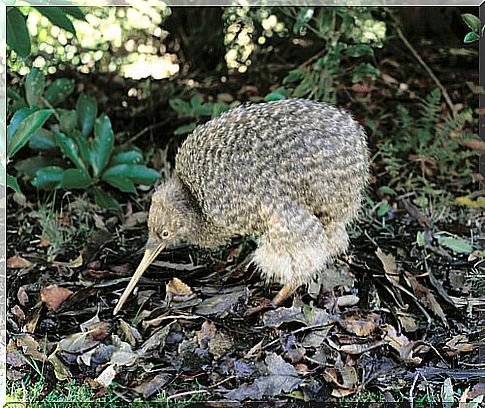
It is an animal that is not usually seen during the day. This is not only explained by the fact of being safe from aerial predators, but also because the underground invertebrates on which it feeds are closer to the surface at night.
Anyway, it is an omnivorous bird. They are part of their diet, in addition to worms and worms, berries, seeds and some leaves and insects.
The kiwi, in danger of extinction
The kiwi has a life expectancy of between 10 and 15 years, but today it is in danger of extinction. Fortunately, more and more areas are designated for their protection.
But since man populated the islands and introduced different kinds of mammals, their predators increased. Today they are, in addition to eagles and hawks, cats, ferrets and even dogs. The destruction of their natural habitat also affects their survival.



